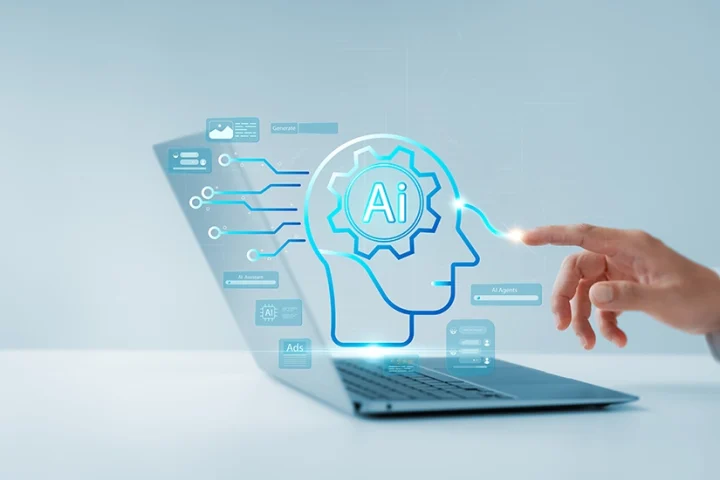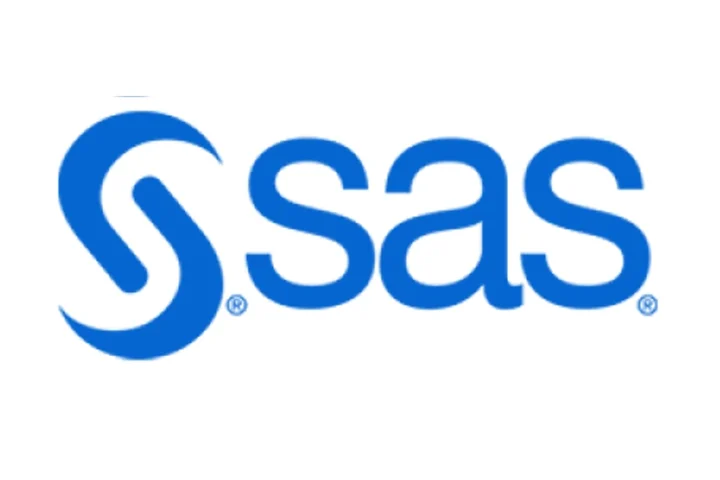An AI-skilled workforce is no longer a luxury—it’s a necessity. Yet, a massive skills gap is a roadblock to many organizations’ efforts to implement AI technologies. Seventy-three percent of employers feel that having AI-skilled employees is a priority, while 75% of those employers admit to struggling to find AI-skilled talent, according to a study by AWS and Access Partnership.
This shift in the AI landscape combined with the urgent need to help businesses everywhere meet and thrive in this new AI era was the inspiration behind providing free AI skills training for two million people by 2025 as part of Amazon’s AI Ready commitment.
This commitment became a reality faster than we could have ever imagined because we reached two million people at the end of 2024, one year ahead of schedule.
While this incredible demand for AI upskilling underlines the need for these skills in the workforce, it also reveals how employees, leaders, and companies are not casual bystanders – and instead, they’re all in on the AI opportunity.
Our AI Ready commitment also revealed four important insights into how businesses and leaders can capture this moment and how they can train and upskill more employees with critical AI skills.
1. Generative AI is for everyone – not just technical professionals
Over the past year, generative AI shifted from being a parlor trick to a business necessity for all levels and industries. From offering content creation capabilities, introducing new approaches to personalizing customer engagement, optimizing workflows, and so much more, the opportunity for generative AI stretched way beyond the IT department.
In fact, in the past year, our most popular course was “Introduction to Generative AI — The Art of the Possible,” a non-technical course that introduces generative AI’s use cases, risks, and benefits for people from varying experiences and levels. The extraordinary demand for this particular course is a direct reflection of how employees and businesses everywhere are thinking about generative AI today. Whereas previous technical innovations were eventually left to the CIOs and IT leaders to implement, generative AI is an opportunity for everyone across the organization to work smarter and contribute even greater value to their organization.
2. Prompt engineering is a must-have skill
The acceleration of generative AI adoption across industries resulted in soaring demand for another skill: prompt engineering.
As more employees integrate generative AI into their everyday workflows, the need to develop precise, effective prompts becomes essential to unlock the full potential and possibility of generative AI solutions. In fact, prompt engineering was one of our most in-demand courses in 2024. It discussed how to build and fine-tune prompts to generate accurate, relevant, and high-quality outputs. With more organizations incorporating generative AI into their systems, a foundational knowledge and comfort with prompt engineering across departments will be mission critical.
3. Social media is an upskilling accelerant
Learning is never a one-size-fits-all approach. That’s why we offer different learning formats, such as in-person learning and digital learning available on social media channels like Facebook and YouTube, and streaming platforms like Twitch or AWS Training Live. Social media and streaming platforms were a standout and preferred destination for AI training, helping us reach and train nearly one million people. The traffic around streaming courses proved that flexible, on-demand learning that meets employees where they are accelerates the consumption, engagement, and value of AI skills development.
In particular, social media has been an effective complementary channel as part of our digital training strategy because it excels at driving instant knowledge-sharing and awareness among learners. On the other hand, traditional courses available via the classroom and our own digital training programs, like AWS Skill Builder, remain important to help people build deep skill development.
4. Pair new products with new training
This moment in AI history has shown companies are eager and willing to bring AI technology into their everyday workflows. No matter what the AI-powered solution is, once new AI technology is introduced, new training is essential.
In 2023, our AI Ready commitment was introduced when many companies were just starting to announce and roll out new generative AI products and features. Over the past year, we have found that training courses need to be developed in concert with new products and services. They also need to be updated as we update products and services, given the rapid changes in the world of AI. This approach ensures employees can learn as fast as possible and effectively contribute to business success by increasing time-to-value and reducing adoption barriers. For example, when we launched Amazon Q, our generative AI-powered assistant, we immediately also launched new courses to help customers and businesses take full advantage of this new technology.
Prepare your team for tomorrow with AI training now
Together, these lessons have shaped not only how we approach AI upskilling, but also how we envision the future of workforce development.
Surpassing our AI Ready commitment is certainly a moment to celebrate, but more importantly, it’s a clear signal that upskilling more talent in AI must remain a top priority well into 2025 and beyond. That’s why we will develop more AI trainings and certifications to reach more learners. We will also embed more generative AI-powered features into the learning experience to develop more personalized, adaptive learning plans that can help employees quickly grasp the latest AI concepts.
Generative AI is the most impactful technology advancement we’ll see in our lifetime, and its value and potential will only grow if employees and leaders know how to harness, build, and create with it safely and responsibly. Now is the time for leaders to embrace a culture of continuous AI learning and nurture skills development to unlock new levels of opportunities for their employees and businesses.

























